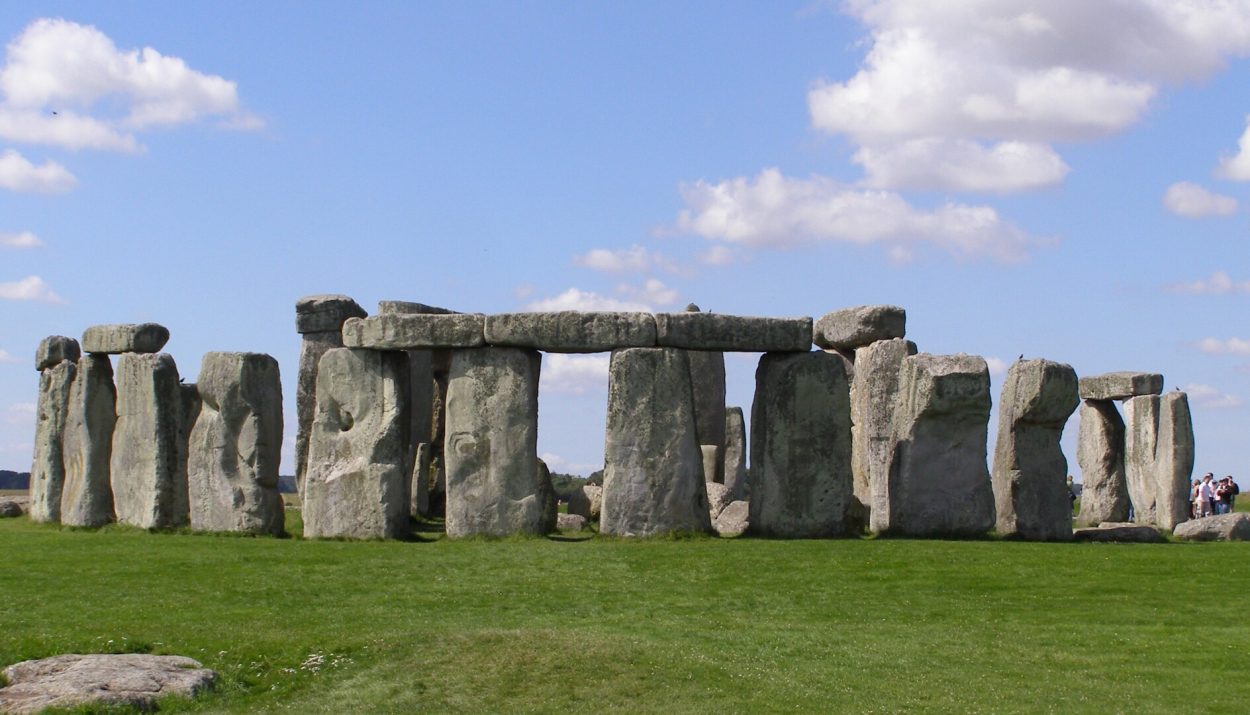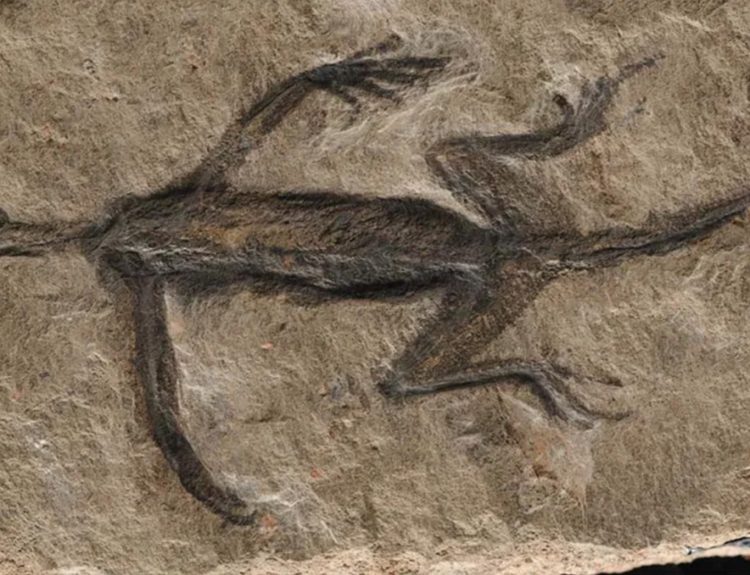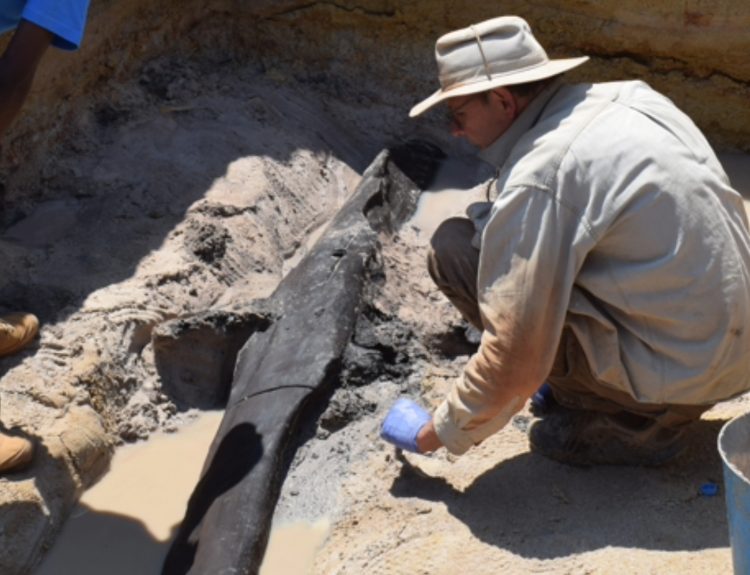Stonehenge remains one of the best-known stone circles around the world. That’s what you get from a stone circle lying at the heart of the richest archaeological landscape in Europe. However, there are different conspiracies about how it came into existence. For years now people have come to believe that Stonehenge was built by Celtic Druids.
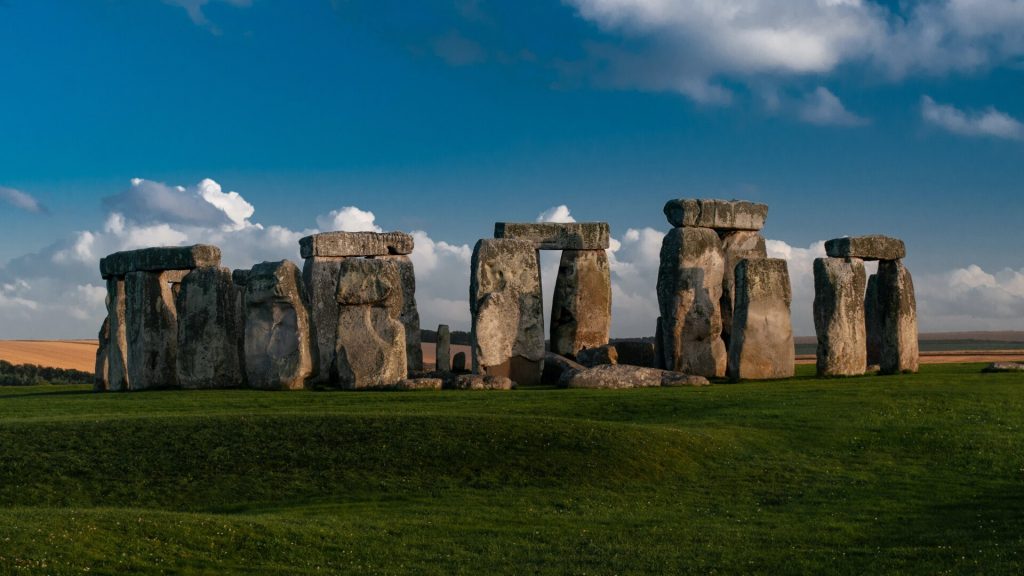
It was first suggested about 300 years ago when people believed that stone circles were druidical temples. However, there is no way to prove this. The construction of Stonehenge predates the existence of the Druids, Stonehenge existed long before the Druids. Why do people think Stonehenge was built by the Druids? Let’s find out.
The History Of Stonehenge
Stonehenge is a prehistoric stone circle monument, cemetery, and archaeological site located in Salisbury Plain some 8 miles North of Salisbury, Wiltshire, England. Its historical significance goes way back in time. It dates back to the Neolithic period and also continued through the Bronze Age.
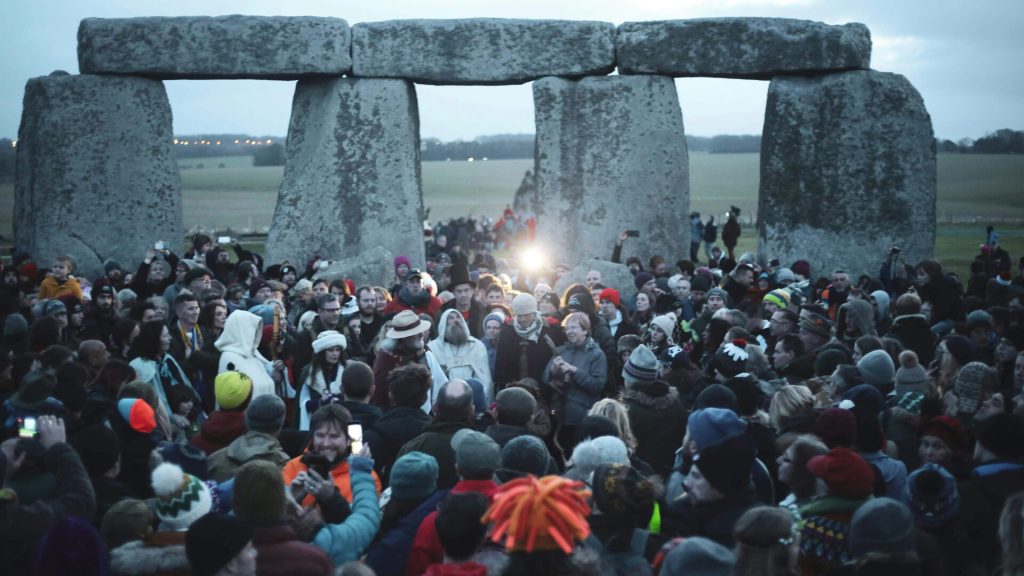
Stonehenge consists of a ring of several standing giant rocks, each around 13 feet high, 7 feet wide, and weighing approximately 25 tons. With some of its biggest stones being around 30 feet or even higher. History has it that these stones were carried from about 20 miles away while smaller-sized stones were transported from 140 miles away.
The Significance And Functions Of Stonehenge?
Just as the existence of Stonehenge is a mystery, the reason for its existence is even more complicated. However, from the historical writings and texts, the iconic monument was used for several centuries for various purposes. What we do not know is what brought about the idea of building Stonehenge in the first place.

The sacred stone circle was used as a burial ground. Archeologists and scientists believe that, for the earliest part of Stonehenge’s history it was used as a burial site. It is also believed that it served as a religious site, used to express the powers and wealth of those people who had it erected.
It Wasn’t A Burial Site For Just Anybody
Several theories have agreed that Stonehenge was a place for the dead. Another thing they are certain of is that it wasn’t a burial site for just anybody. It was most likely only available to some type of favored group. This was because the remains consisted of a high ratio of men.
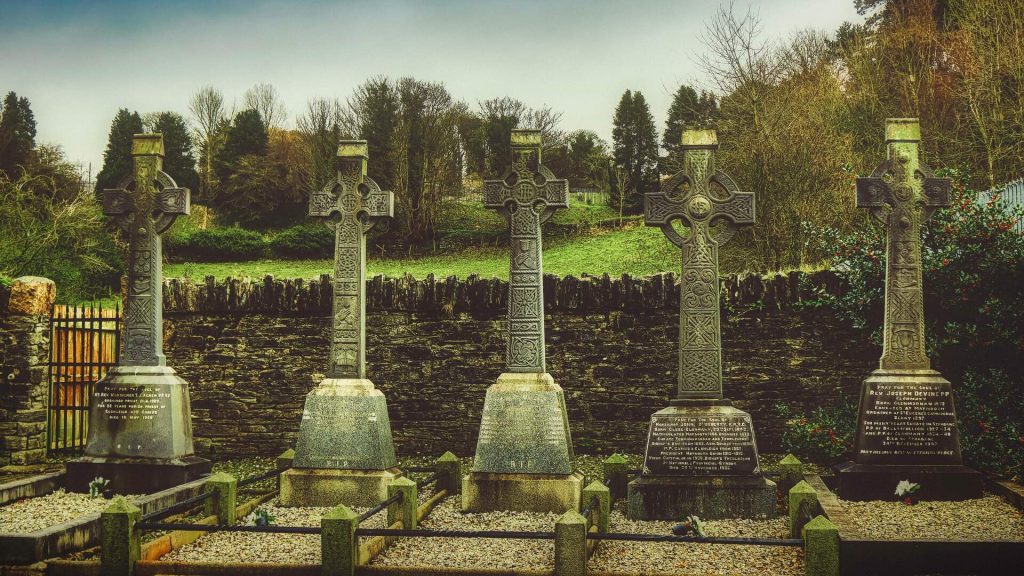
The discovery of a polished stone mace head and incense burner along the remains also indicated that among these buried remains were bodies of political and religious leaders such as chieftains and priests with lots of power and wealth.
It Also Functioned As An Astronomical Calendar
It would be weird if such an iconic testament served just one purpose right? You’re right! Research has shown that Stonehenge was also used for astronomical purposes. Stonehenge directly aligns with the sun and was possibly used for observing the sun, and the moon and also for planning out the farming calendar.
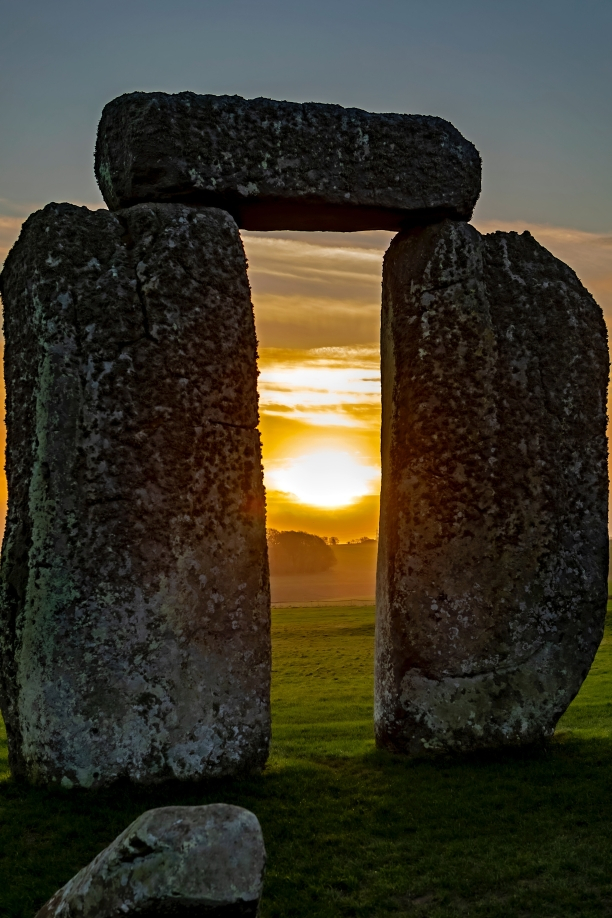
Gerald Hawkins also said that the clusters of the megalithic stones operated as an astronomical calendar. He believed the stones had different points corresponding with spectacles like solstices, equinoxes, and even eclipses. Although people have lots of doubts concerning this theory.
It Can Be Considered As A Healing Center
This particular theory is based on the most recent development that occurred at Stonehenge. Based on certain signs of illness and injury on the human remains found close to Stonehenge, British archeologists Tim Darvill and Geoffrey Wainwright have speculated that Stonehenge also served as a healing site.

Bluestones were believed to have healing powers and since bluestones were found around the stone circle it was easy to believe. However, this theory has been challenged because human analysis showed that other parts of Britain had buried individuals with the same types of injuries and illnesses.
History Of Druidism
Druid is a term used to describe a group of individuals who strongly believe in shamanism. Their practice was similar to those of priests. They were members of an ancient and influential class of learned priests, religious leaders, scholars, teachers, scientists, and judges in the Celtic society, specifically in the British Isles.

They have been in existence for quite some time, they existed during the 2nd century BC, and their existence dates back to the Iron Age before the invasion of Britain by the Romans. They played a substantial role and had a huge influence on the spiritual, cultural, and political life of the Celtic community during these periods.
The Earliest Account Of Druidism
One of the earliest accounts of the Druidic tradition was put into writing by Julius Caesar in the year 51-59 BC. In his book, he wrote about how powerful men were divided into different classes of Druids or Nobles. He also talked about how Druids were polytheistic and how they had female gods and other sacred figures.
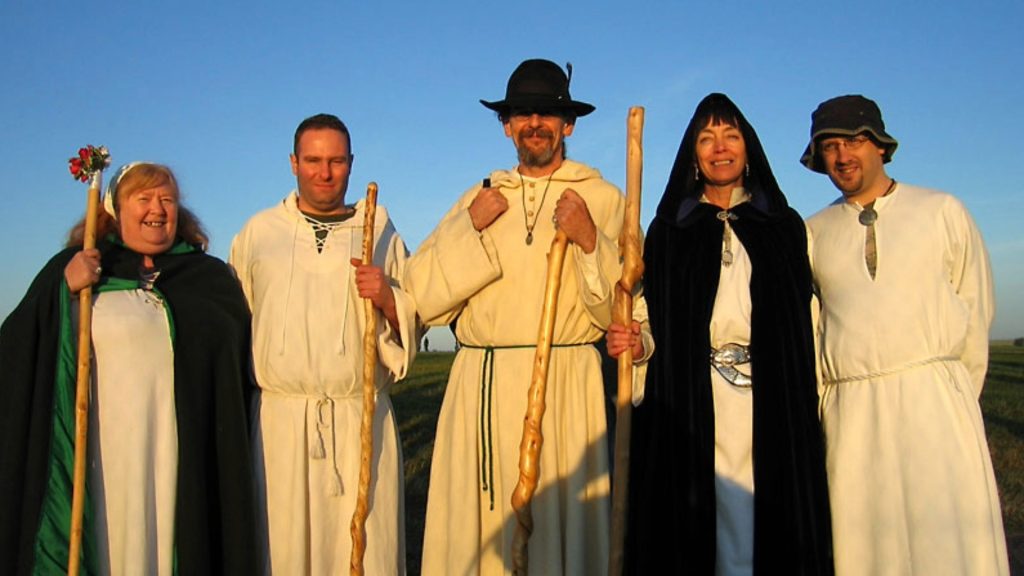
They had their place of worship which they referred to as “The Temple Of The Druids”; these temples were usually quiet, and erected in secluded places like the forests and stone circles. The stone circle was assumed to be in Stonehenge and this made people believe that the Druids built Stonehenge.
Does The History Of Druidism Have Any Ties With Stonehenge?
One would wonder if there’s a particular reason why Druids and Stonehenge have become two peas in a pod and keep popping up in the same conversations. Is there any distinct reason why the Druids have been said to have built Stonehenge?

This belief must have been because a lot of Druids gather at Stonehenge every year to hail the midsummer sunrise. They make use of Stonehenge as a place of worship and also observe astronomy. This thought process was also influenced by John Aubrey and William Stukely as they cemented the Druids-built Stonehenge theory.
John Aubrey’s Influence On Who Built Stonehenge
Christianity came along and Druidism faced near extinction, however, some of their traditions remained and they were very important for its revival. Two important figures actively helped revive the Druidic traditions and they were John Aubrey and William Stukely.

John Aubrey was the strongest believer and was also the first to suggest that the Celtic Druids built Stonehenge. John believed that the Druids were the only pre-historical British priests ever mentioned in classical texts and they were the only ones who could’ve built it. This theory became the most prominent of all Stonehenge myths.
William Stukely’s Influence On Who Built Stonehenge
Because John Aubrey’s theory about the Druids and Stonehenge had everyone believing that the Druids indeed built Stonehenge, the 18th-century antiquary William Stukely decided to expand the ideas of John Aubrey. They believed that Stonehenge was built by native inhabitants rather than Romans or Ancient Britons as proposed by others.

Stukely worked hard to revive the traditions of Druidism. To him, Stonehenge was a place of worship for the Druids and it was built by them. While Stukely was doing his research he ended up discovering the Curcus and Avenue At Stonehenge and even published his book titled Stonehenge: A Temple Restor’d to the British Druids.
When Was The Stonehenge Built? The First Stage
Stonehenge was built around the same time as the Great Pyramid in Egypt around 4,500 to 5,000 years ago. The iconic prehistoric monument was built in several stages between 3000 and 1520 BCE. This was during the transition of the Neolithic period(new Stone Age) to the Bronze Age spanning close to 1500 years.
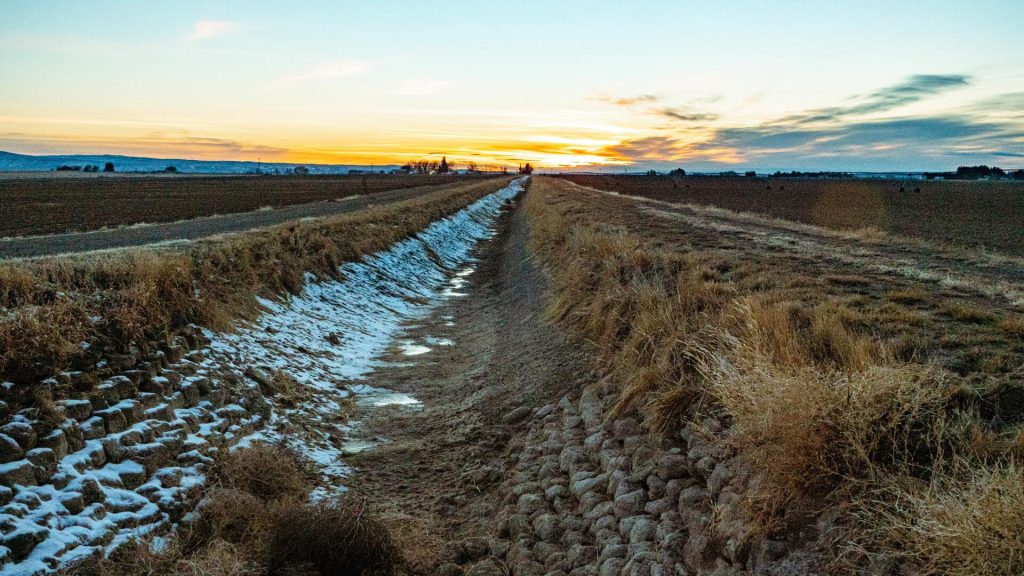
The first stage of building Stonehenge was around 3000 B.C.E. During this period the ancient Britons used deer antlers to dig a ditch along the perimeter of a round enclosure of about 330 feet across together with an elevated bank on the inside and a low bank on the outside of the circle.
Building Stonehenge: The Next Stage
The next stage of building Stonehenge took place around 2620 and 2480 B.C.E. During this period the Ancient Britons mounted the sarsen horseshoe and the outer circle. They carefully shaped sarsen stones to fit the design of the monument with tapered upright sarsen stones and the sarsen stones on the outside circles had a level surface on the top of the lintels

Around 2300 B.C.E. The ancient Britons dug ditches and banks of a ceremonial avenue almost 2 miles long from Stonehenge to River Avon. The avenue was about 60 to 115 feet and ended at a small henge at the riverside. As the years went by, the stones were constantly moved to fit the changing society.
Conclusion
Stonehenge will always be a subject of mystery and will keep attracting public focus as well as intense archeological research. There will always be theories about its existence just like we have theories of how the Druids built it. However, something doesn’t add up and this is because Stonehenge has been in existence way before the Druidic Tradition.
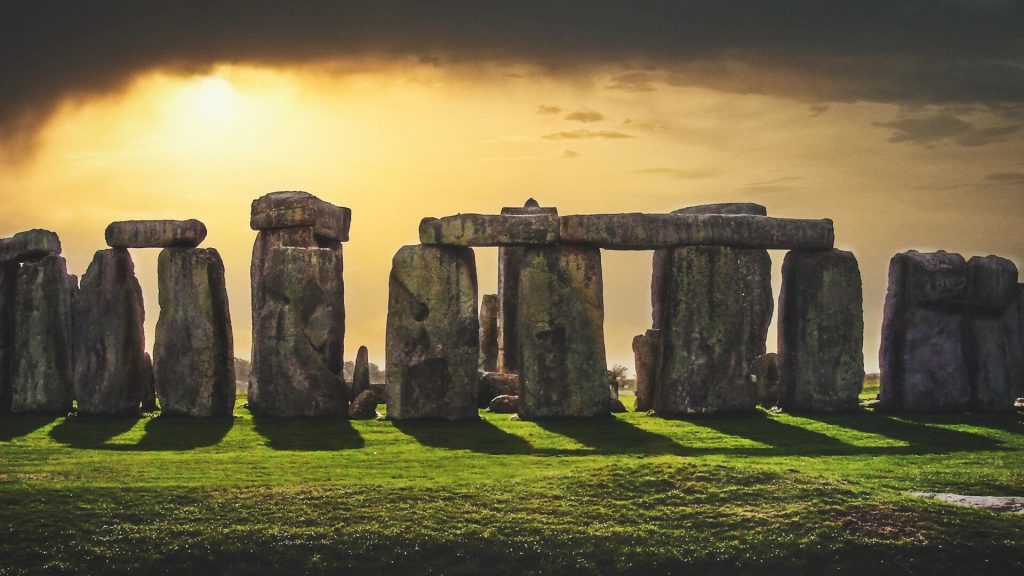
Furthermore, there is no proof of the fact that the Druids built Stonehenge, this is because the Druids thrived in Britain leading up to the Roman conquest. This makes it unlikely that they existed in these lands before 250 B.C. And by this time Stonehenge was already standing for over a millennium.

